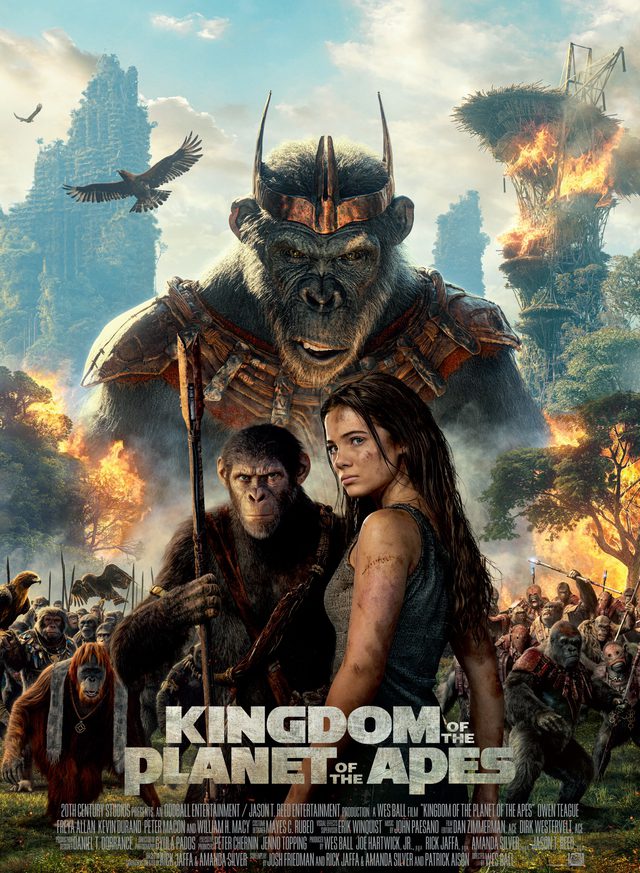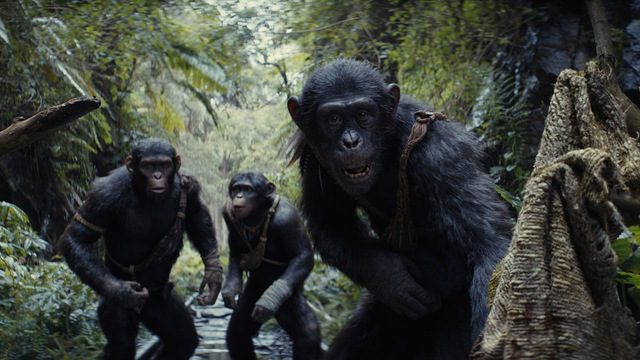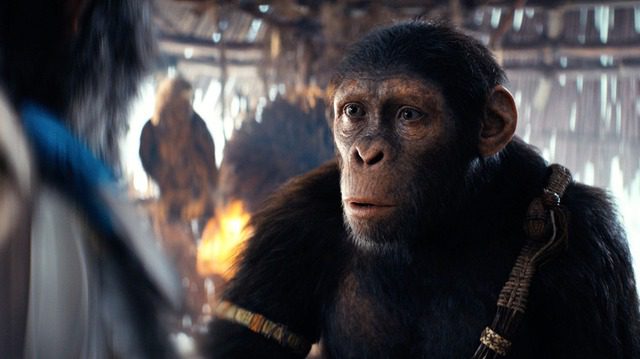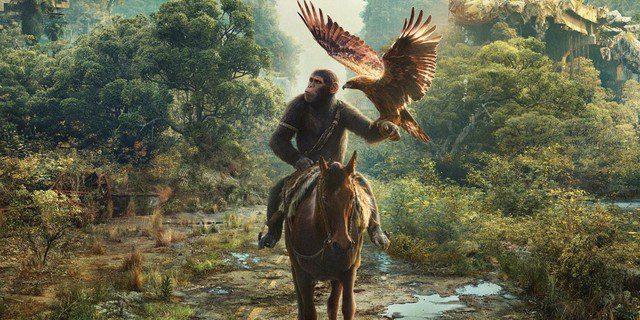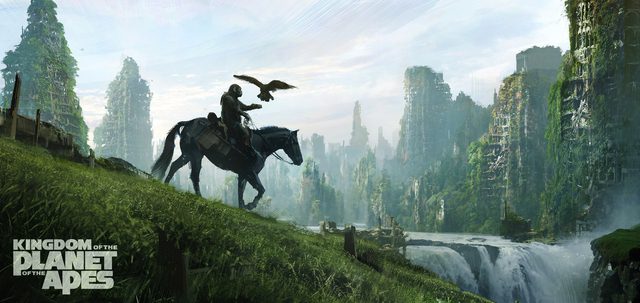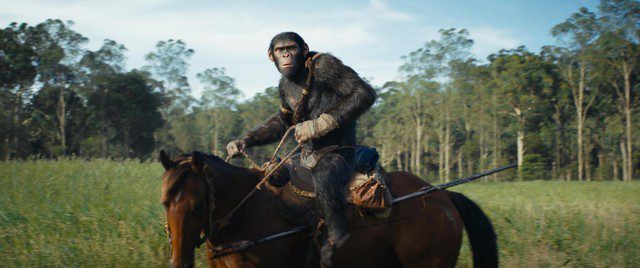Planet of the Apes is a science fiction film franchise from Hollywood that is nearly 60 years old, grossing over $2 billion at the box office (excluding merchandise sales). Notably, the installments of this franchise have maintained a remarkable track record, never once falling short upon release. In fact, many of these films have achieved revenues several times greater than their production costs. After several years of dormancy, the franchise is making a comeback with the latest installment, Kingdom of the Planet of the Apes, set to be released on May 10.
A New Chapter for the Planet of the Apes Universe
The screenplay for Kingdom of the Planet of the Apes is set several years after the events of War for the Planet of the Apes (2017). At this point, Caesar has long since passed away, and the ape species has begun to thrive under a wise new leader. A virus that has affected human brains has transformed them into a primitive state. However, the species has been split into different factions, struggling to survive and coexist.
In this chaotic environment, a powerful figure known as Proximus Caesar (played by Kevin Durand) has emerged, establishing a formidable kingdom for his species. He aims to dominate the remaining factions and seeks ways to revive the technological advancements of humanity to accelerate the evolution of his kind.
Along with the political strategy, Proximus Caesar’s forces have killed Noah’s (Owen Teague) father—a key figure in the human faction. The conflict escalates as the remaining factions struggle for survival. During their journey, they encounter Raka (Peter Macon), the last member of Caesar’s loyal guard, and a mysterious girl named Mae (Freya Allen).
Noah learns from Raka about Caesar and hints at how Proximus Caesar has taken over his legacy to seize control. Meanwhile, Mae silently follows the two with a specific mission to revive the essence of humanity on this planet.
Amidst the backdrop of a fragmented world, many new characters emerge
Kingdom of the Planet of the Apes utilizes the concept of a fragmented world where humanity has lost control and the apes strive to reclaim dominance. The portrayal of the ape species embodies characteristics of intelligence and resilience, often reflecting a civilization that is regressing to a primitive state. Director Wes Ball (known for the Maze Runner trilogy) dedicates significant effort to crafting scenes that are visually striking while still deeply engaging.
The film also strategically constructs various factions with distinct cultural backgrounds and lifestyle choices. Within, there are clear hierarchies and social divisions, portraying the struggles for power and survival among them. Noah’s faction is depicted with a key character who possesses exceptional communication and leadership skills. This aspect also highlights the main character’s uniqueness in a world filled with similar species. These elements contribute to Kingdom of the Planet of the Apes presenting a vivid picture of a narrative that reflects crucial milestones in human civilization’s development.
The character development throughout the film is executed quite well. The main character, Noah, is portrayed as a key figure with a strong sense of justice and empathy. Raka also serves as a reminder of Maurice from the previous films, a wise character who provides critical support to Caesar. Notably, Proximus emerges as a captivating character, representing the apex of a new evolution against the backdrop of a historical civilization.
Visuals and Cinematic Techniques Shine, Yet Still Holds Many Threads
One of the most significant highlights of Kingdom of the Planet of the Apes lies in its visual presentation. The film employs motion capture technology, with actors directly mimicking the movements of the apes to convey realistic and dynamic performances. The facial expressions have also seen significant improvement compared to previous installments, allowing the ape characters to express emotions more clearly and vividly. Viewers may find themselves drawing parallels between the visual techniques used in this film and those seen in James Cameron’s Avatar: The Way of Water.
Unlike earlier films, the team has focused on utilizing wide-angle lenses to showcase the expansive landscapes of the planet under the unique conditions of a new civilization. Simultaneously, the crew has prioritized outdoor scenes to enhance the film’s authenticity.
However, it’s quite disappointing that Kingdom of the Planet of the Apes does not feature many action sequences compared to previous installments. Many scenes tend to focus more on dialogue and development, resulting in a slower pace during the first two acts. Meanwhile, the film’s ending is rushed, leaving many viewers feeling unsatisfied due to its abrupt conclusion.
Despite this, the screenplay of Kingdom of the Planet of the Apes is constructed quite safely and doesn’t delve too deeply into any heavy themes. Many elements in the film also come off as somewhat cliché, lacking depth and coherence. The absence of a strong human character in any capacity also causes the narrative to feel somewhat sparse, spending less time on character development. The work, therefore, exhibits numerous shortcomings in logical consistency, especially regarding the actions of the human character—Mae. Nevertheless, the team seems to have aimed to amplify the emotional weight to keep the audience engaged as the story unfolds.
Rating: 3/5
Overall, Kingdom of the Planet of the Apes serves as a fitting tribute to the beloved franchise, while successfully introducing new and intriguing story elements for the Planet of the Apes series. The visuals and cinematography shine, yet director Wes Ball still falls short in several areas, particularly in pacing and narrative development, unlike predecessor Matt Reeves, especially in the climactic scenes that should encapsulate significant social commentary—an important element that forms the foundation of this iconic series.


